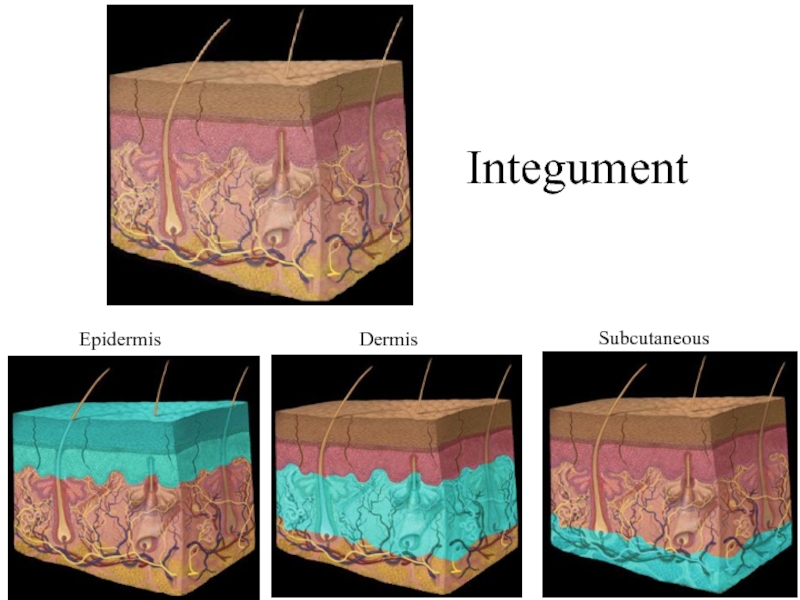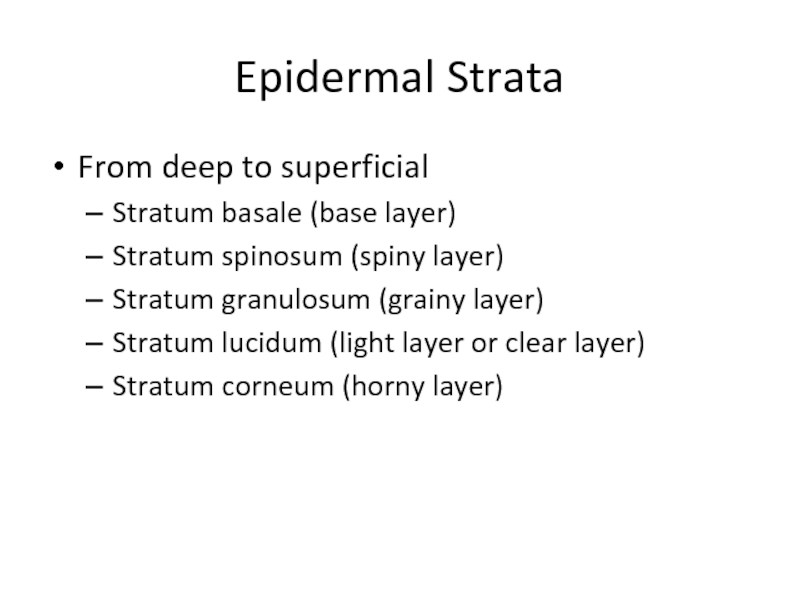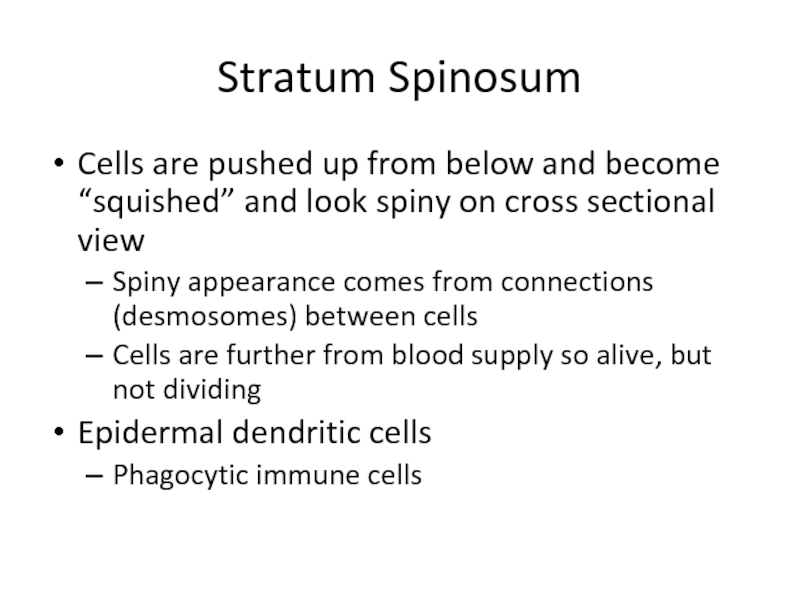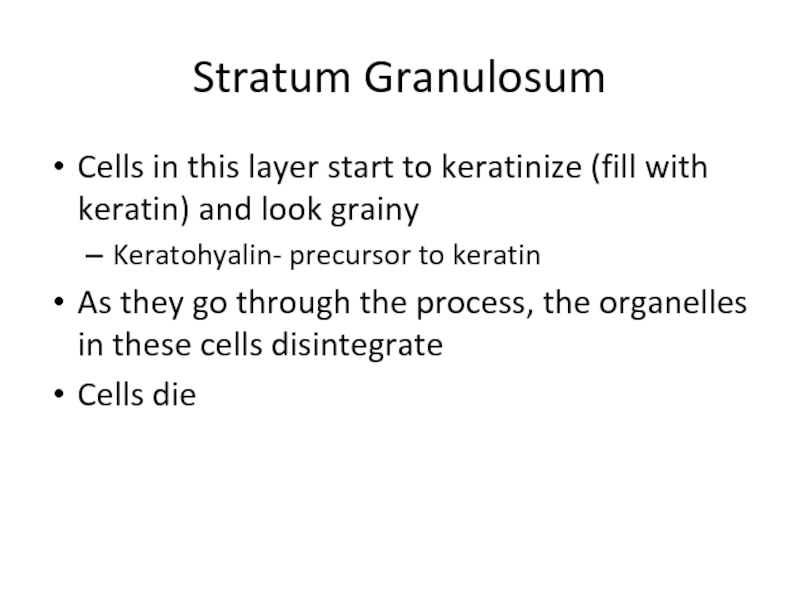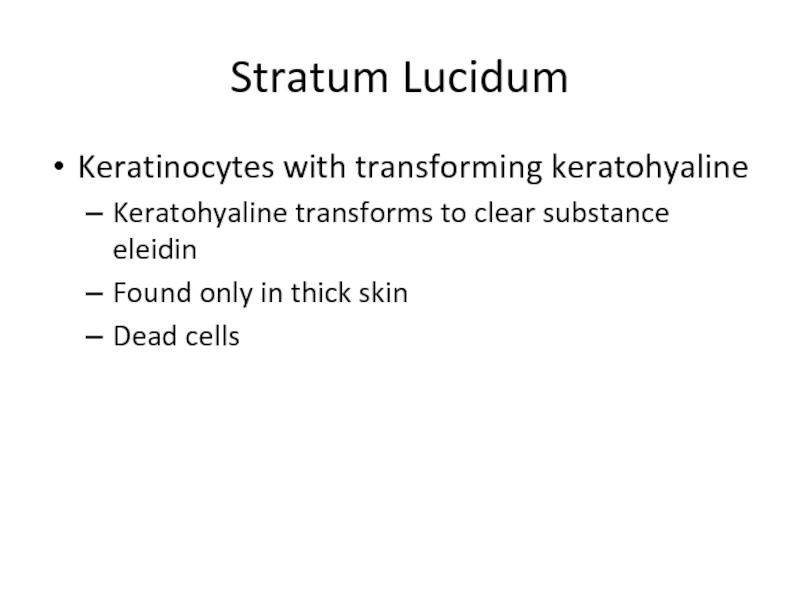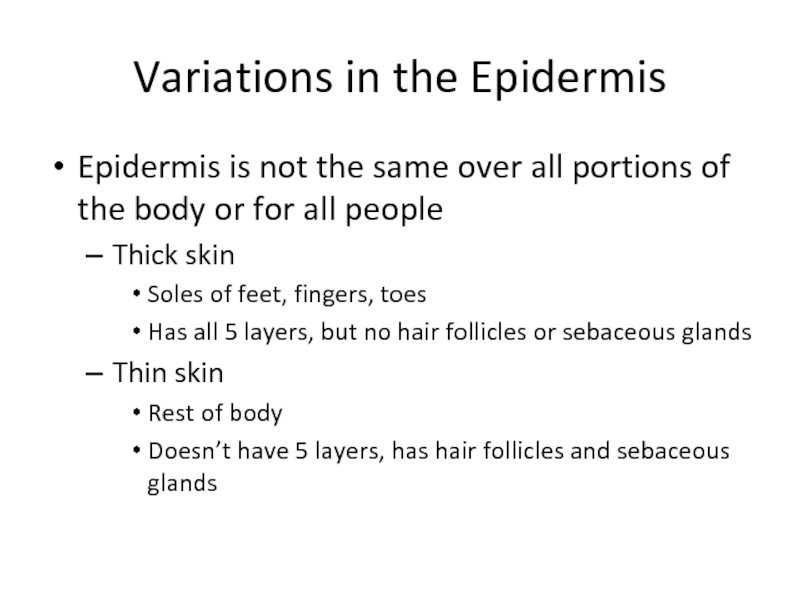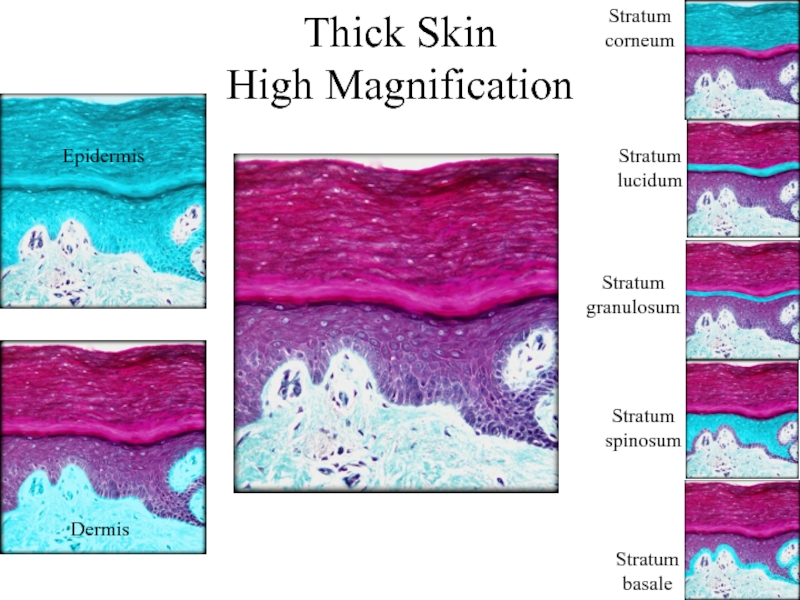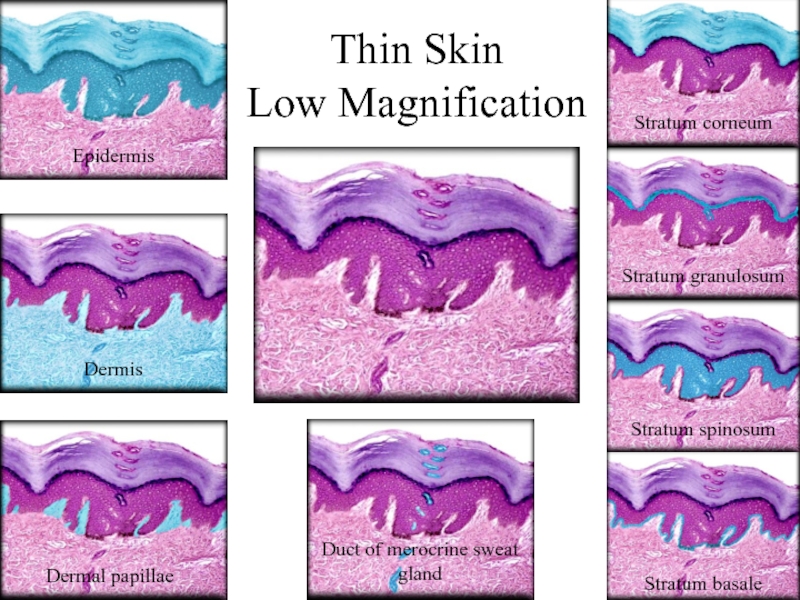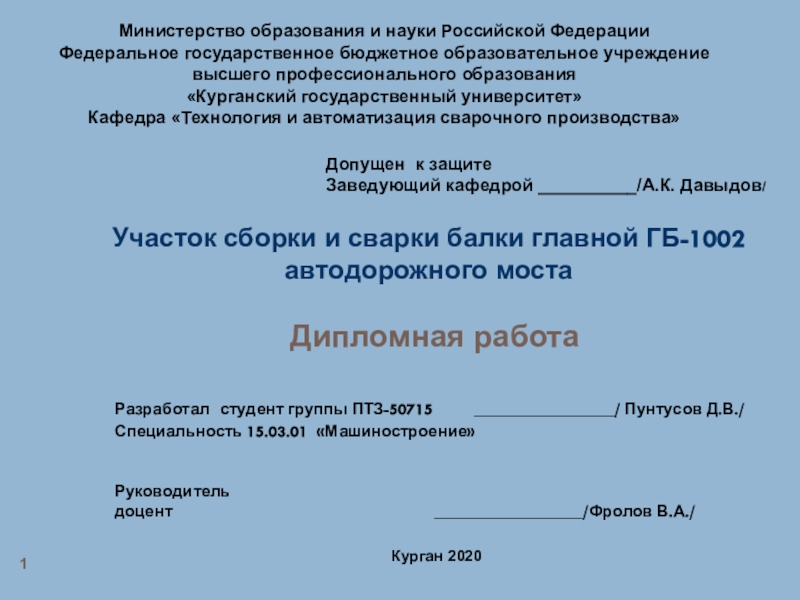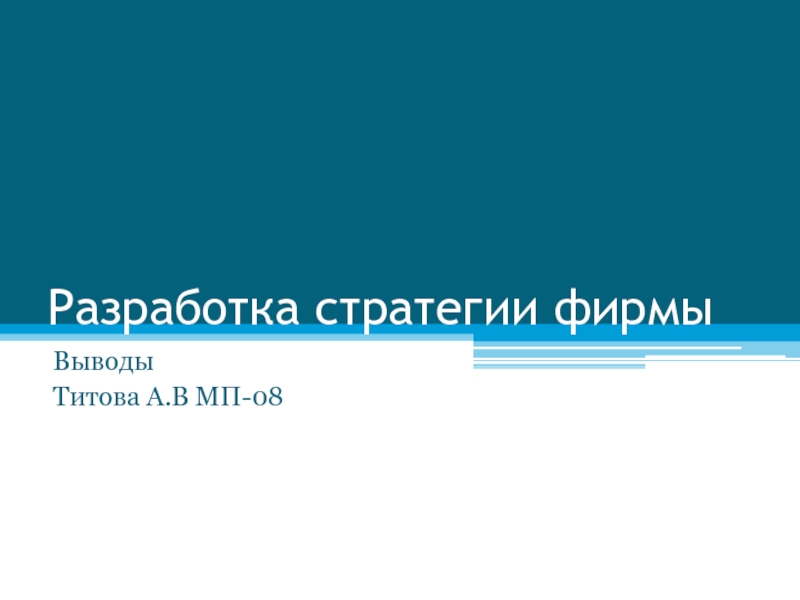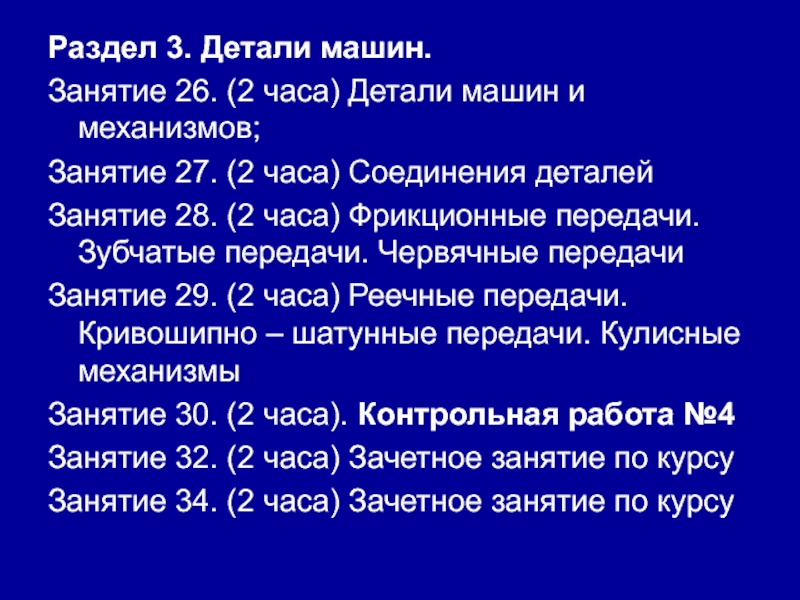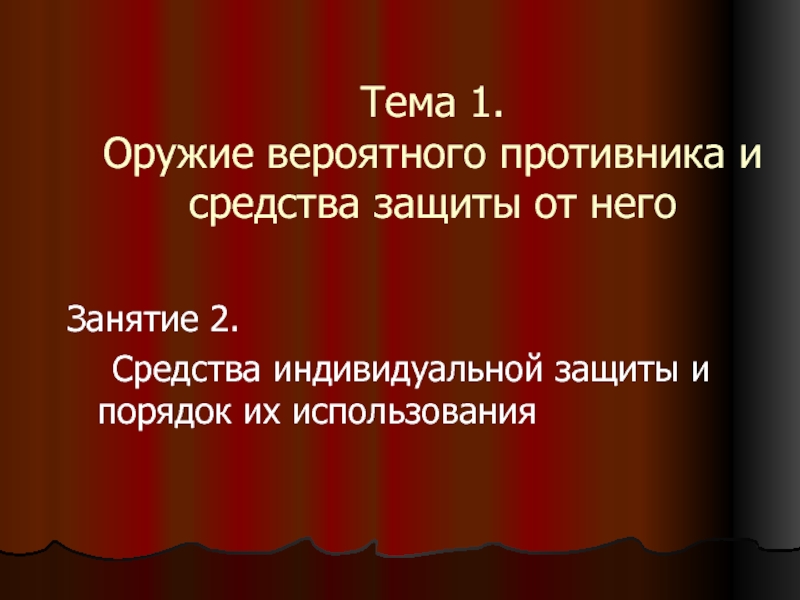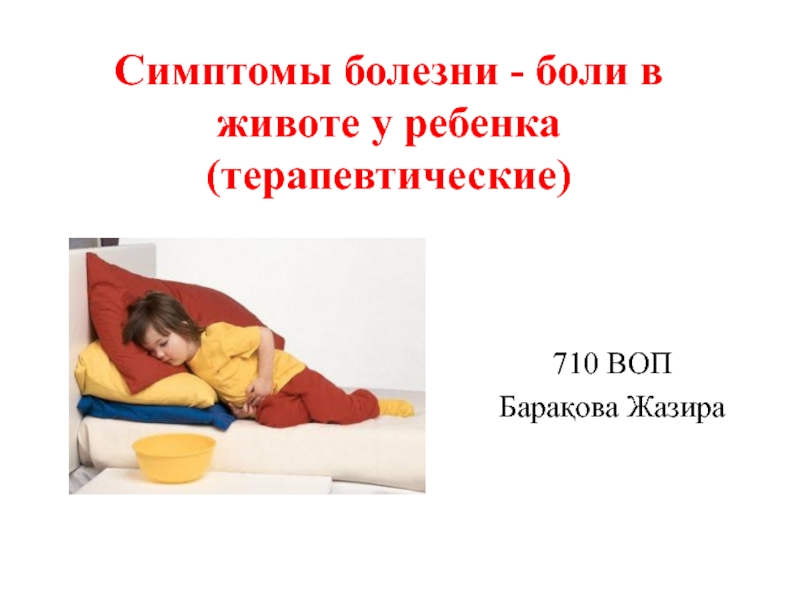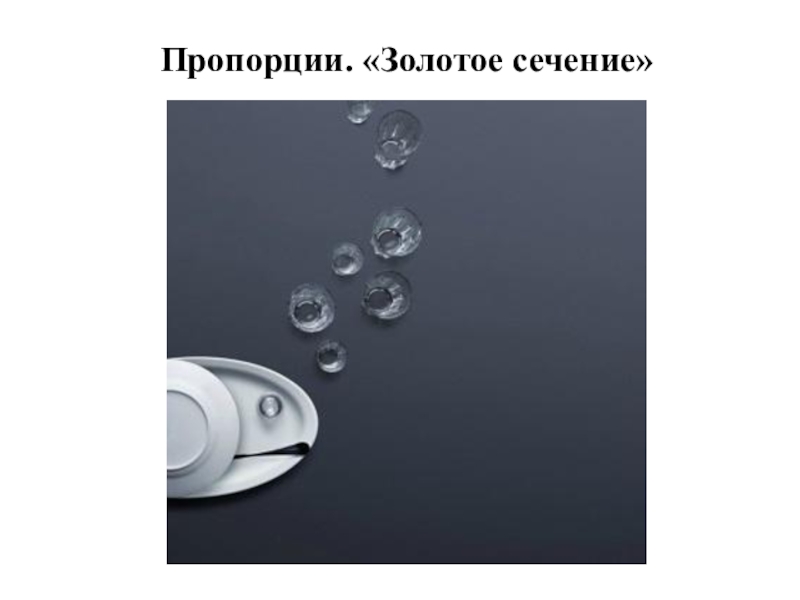Разделы презентаций
- Разное
- Английский язык
- Астрономия
- Алгебра
- Биология
- География
- Геометрия
- Детские презентации
- Информатика
- История
- Литература
- Математика
- Медицина
- Менеджмент
- Музыка
- МХК
- Немецкий язык
- ОБЖ
- Обществознание
- Окружающий мир
- Педагогика
- Русский язык
- Технология
- Физика
- Философия
- Химия
- Шаблоны, картинки для презентаций
- Экология
- Экономика
- Юриспруденция
The Integumentary System
Содержание
- 1. The Integumentary System
- 2. Integumentary SystemOnly 1.5 to 4 mm thick
- 3. Integument CompositionTwo basic layersEpidermis ExternalStratified squamous epitheliumDermisDeeperMostly
- 4. IntegumentEpidermisDermisSubcutaneous layer
- 5. Layers of the Integument (Figure 6.1)Copyright ©
- 6. EpidermisEpithelial tissue arranged in 5 layers or
- 7. Epidermal StrataFrom deep to superficialStratum basale (base
- 8. Thick Skin High MagnificationEpidermisDermisStratumbasaleStratumspinosumStratumgranulosumStratumlucidumStratumcorneum
- 9. Stratum BasaleSingle layer of cuboidal to low
- 10. Stratum SpinosumCells are pushed up from below
- 11. Stratum GranulosumCells in this layer start to
- 12. Stratum LucidumKeratinocytes with transforming keratohyaline Keratohyaline transforms to clear substance eleidinFound only in thick skinDead cells
- 13. Stratum Corneum20-30 layers of dead keratinocytesKeratin now
- 14. Epidermal Strata (Figure 6.2)Copyright © The McGraw-Hill
- 15. Variations in the EpidermisEpidermis is not the
- 16. Thick SkinThin Skin
- 17. Thick Skin High MagnificationEpidermisDermisStratumbasaleStratumspinosumStratumgranulosumStratumlucidumStratumcorneum
- 18. Thin Skin High MagnificationEpidermisDermisStratumbasaleStratumspinosumStratumgranulosumStratumcorneum
- 19. Thin Skin Low MagnificationEpidermisDermisDermal papillaeDuct of merocrine sweat glandStratum corneumStratum granulosumStratum spinosumStratum basale
- 20. Dermis
- 21. Скачать презентанцию
Слайды и текст этой презентации
Слайд 3Integument Composition
Two basic layers
Epidermis
External
Stratified squamous epithelium
Dermis
Deeper
Mostly dense irregular connective
tissue
Additional layer
Hypodermis (subcutaneous)
Connective tissue
Not really part of integument, but nowhere
else to put it!Слайд 5Layers of the Integument (Figure 6.1)
Copyright © The McGraw-Hill Companies,
Inc. Permission required for reproduction or display.
Integument
Epidermis
Dermis
Subcutaneous
layer
Reticular
layer
Papillary
layer
Hair shaft
Sweat pore
Epidermal ridge
Dermal
papillaArrector pili muscle
Sebaceous (oil) gland
Sweat gland duct
Merocrine sweat gland
Vein
Artery
Hair follicle
Tactile
(sensory)
receptors
Areolar
connective tissue
Sensory
nerve fiber
Adipose connective tissue
Слайд 6Epidermis
Epithelial tissue arranged in 5 layers or strata
Cells divide in
only in base layer and are pushed outward
Form a keratinized
layer on surfaceCell division is regulated by growth factor (EGF)
Слайд 7Epidermal Strata
From deep to superficial
Stratum basale (base layer)
Stratum spinosum (spiny
layer)
Stratum granulosum (grainy layer)
Stratum lucidum (light layer or clear layer)
Stratum
corneum (horny layer)Слайд 8Thick Skin
High Magnification
Epidermis
Dermis
Stratum
basale
Stratum
spinosum
Stratum
granulosum
Stratum
lucidum
Stratum
corneum
Слайд 9Stratum Basale
Single layer of cuboidal to low columnar cells attached
to a basement membrane
Include
Keratinocytes
Keratin is a tough, water-resistant protein
Melanocytes
Melanin is
a brown protein pigmentTransfer melanin to keratinocytes for protection against UV damage
Skin color
Tactile cells (Merkel cells)
Touch receptors
Слайд 10Stratum Spinosum
Cells are pushed up from below and become “squished”
and look spiny on cross sectional view
Spiny appearance comes from
connections (desmosomes) between cells Cells are further from blood supply so alive, but not dividing
Epidermal dendritic cells
Phagocytic immune cells
Слайд 11Stratum Granulosum
Cells in this layer start to keratinize (fill with
keratin) and look grainy
Keratohyalin- precursor to keratin
As they go through
the process, the organelles in these cells disintegrateCells die
Слайд 12Stratum Lucidum
Keratinocytes with transforming keratohyaline
Keratohyaline transforms to clear substance
eleidin
Found only in thick skin
Dead cells
Слайд 13Stratum Corneum
20-30 layers of dead keratinocytes
Keratin now fully formed
Cells are
dead
Keratinized stratified squamous epithelium
Migration process from stratum basale about 2
weeksRemain in stratum corneum for about 2 weeks and then are shed
Слайд 14Epidermal Strata (Figure 6.2)
Copyright © The McGraw-Hill Companies, Inc. Permission
required for reproduction or display.
LM 25x
Stratum corneum
Stratum lucidum
Stratum granulosum
Stratum spinosum
Stratum
basaleDermis
(a)
(b)
Dead keratinocytes
Sweat gland duct
Living keratinocyte
Melanocyte
Epidermal dendritic cell
Basement membrane
Tactile cell
Sensory nerve ending
Sweat gland duct
a: © Ed Reschke/Peter Arnold Images
Слайд 15Variations in the Epidermis
Epidermis is not the same over all
portions of the body or for all people
Thick skin
Soles of
feet, fingers, toesHas all 5 layers, but no hair follicles or sebaceous glands
Thin skin
Rest of body
Doesn’t have 5 layers, has hair follicles and sebaceous glands



